Save The Turtles
November 5, 2019
According to Seeturtles.org, six of the seven species of sea turtles are classified as threatened or endangered due to human actions and lifestyles. Sea turtles’ biggest threats are entanglement in fishing gear; consumption and illegal trade of eggs, meat, and shells; coastal development; plastic and other marine debris; global warming; ocean pollution; and turtle shell trade.
Which Species Are at Risk?
The Seven Species of Sea Turtles and Their Statuses are:
- Leatherbacks: Vulnerable
- Greens: Endangered
- Loggerheads: Vulnerable
- Hawksbills: Critically Endangered
- Olive Ridleys: Vulnerable
- Kemp’s Ridleys: Critically Endangered
- Flatbacks: Data Deficient
Sea Turtles Help Maintain Seagrass Beds and Coral Reefs
When green sea turtles graze in fields of seagrass, they increase the productivity and nutrients of the seagrass blades. If they didn’t do this it would cause the seabeds to overgrow and obstruct currents. Microorganisms, algae, invertebrates, and fungi would shade the bottom of the ocean and begin to cause the environment to decompose into something that isn’t livable anymore.
Because Hawkbill turtles have beaks equipped to tear things apart for food, one of their main food sources are sea sponges. Sea sponges are very territorial and aggressive when they compete for space in coral reefs, and because of this, the Hawkbills tear them apart. This allows them to change the composition and distribution of sponges in the reefs and promote an increase in coral growth and colonization.
Sea Turtles Provide Key Habitats and Balance Food Webs
As sea turtles age, they begin to be a “habitat” for other organisms. When barnacles and algae grow on their turtle shells, they become a food source for Sheepshead bream, wrasse, angelfish, barber pole shrimp, and more. Sea turtles extend their limbs and raise their heads, causing them to expose their bodies, which allows them to provide this food. For some fish and shrimp, this is their only source of food, so without sea turtles, their populations would diminish.
Sea Turtles Cycle Nutrients
When sea turtles lay their eggs, this affects the vegetation, species distribution, and stability of shorelines. Nutrients such as nitrogen, phosphorus, and potassium are naturally limited within the sand dunes, but predators eat eggs laid in the sand and excrete nutrients that soak back into the earth to promote the growth of vegetation. Healthy, varied vegetation, in turn, leads to higher consumer species distribution.
In Conclusion
Although “Save the turtles” has become a common phrase for VSCO girls or people who like to make fun of VSCOs, ecologists and activists believe that saving the turtles is a serious thing that should have taken place years ago. According to Dr. Larisa Avens, a research biologist of over 20 years, even though it appears that sea turtles only play a small part in our ecosystem, when you take a step back, you will realize that these graceful turtles have a huge impact in maintaining seagrass beds and coral reefs, providing homes and food sources, bringing more nutrients into the sand, and balancing food webs. Without sea turtles, humans would also be impacted negatively.

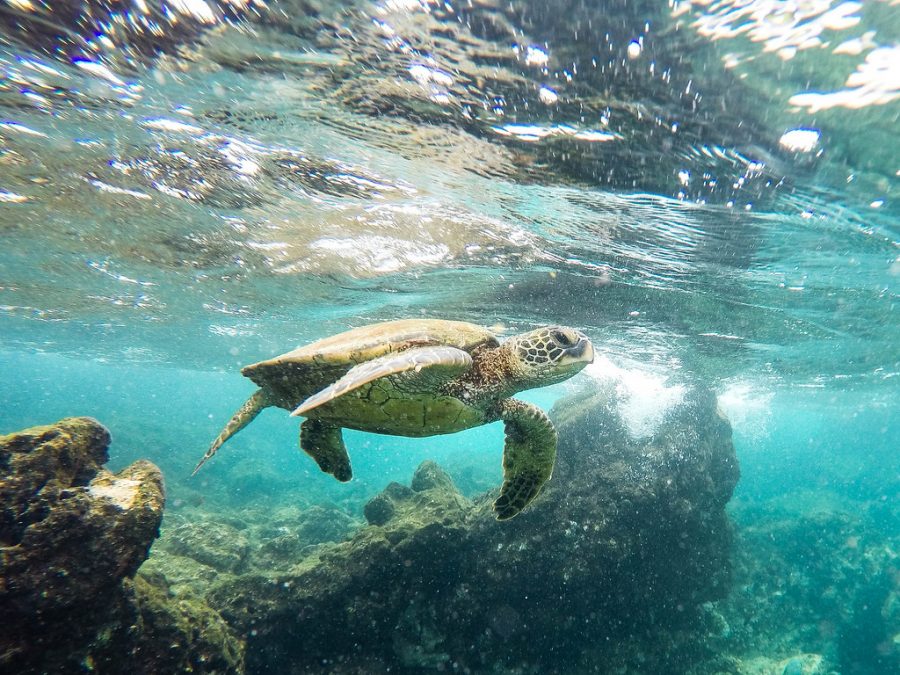
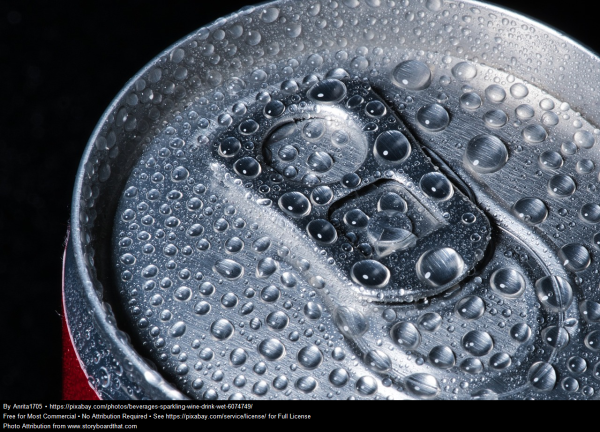
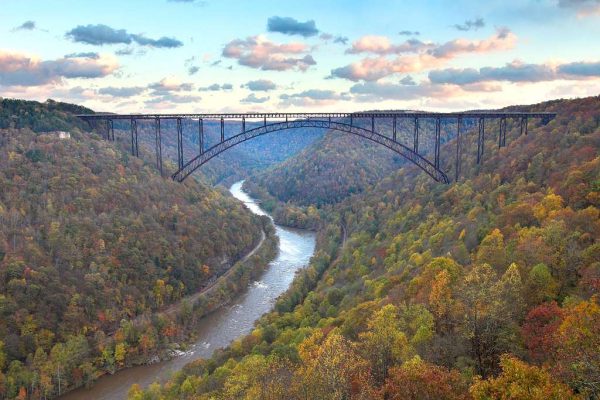

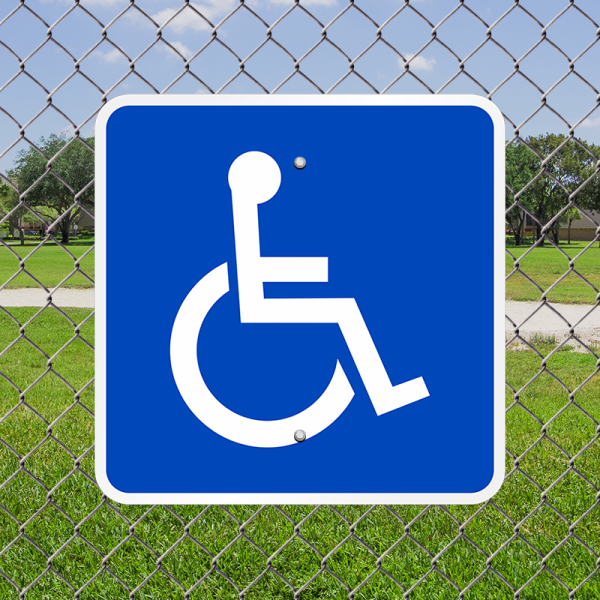
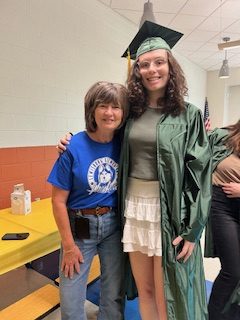
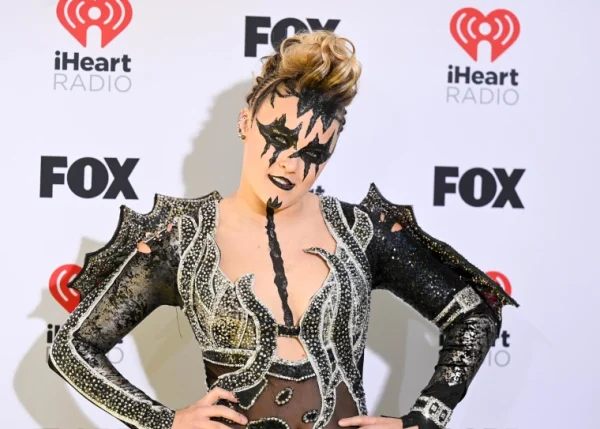
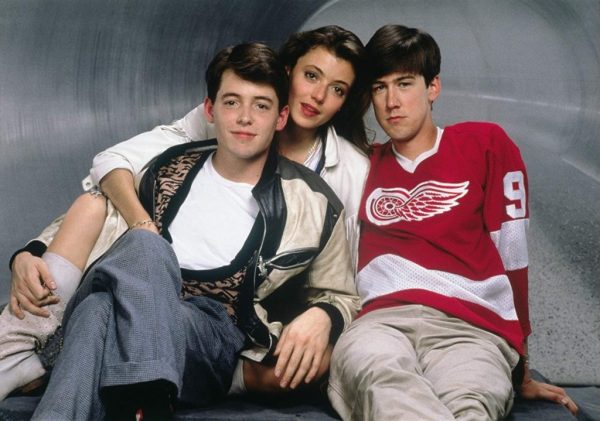

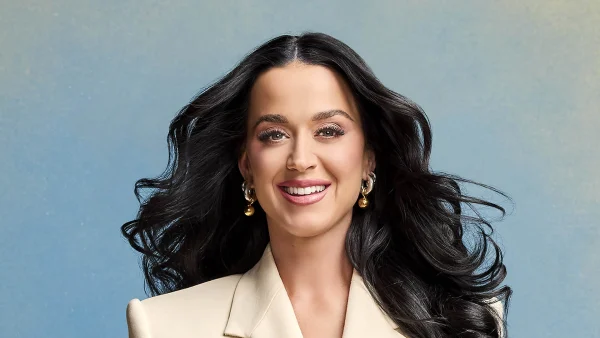

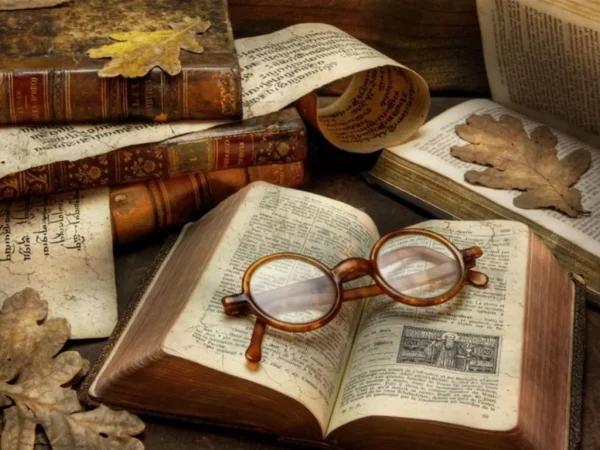
Allison Feamster • Nov 6, 2019 at 8:14 am
I never knew what “Data deficient” meant and I had to look it up. That provoked me to learn something new!
Of course, any animal that comes (Such as invasive species) and leaves (Becoming extinct) in an ecosystem would impact it. Recall when wolves were not present in Yellowstone? Both plants and animal population were affected. When they were reintroduced, it balanced out moose population and helped the nutrients in plants.
We should protect the world’s animals.
#Save the turtles!